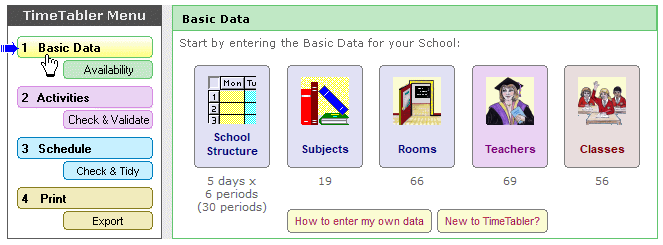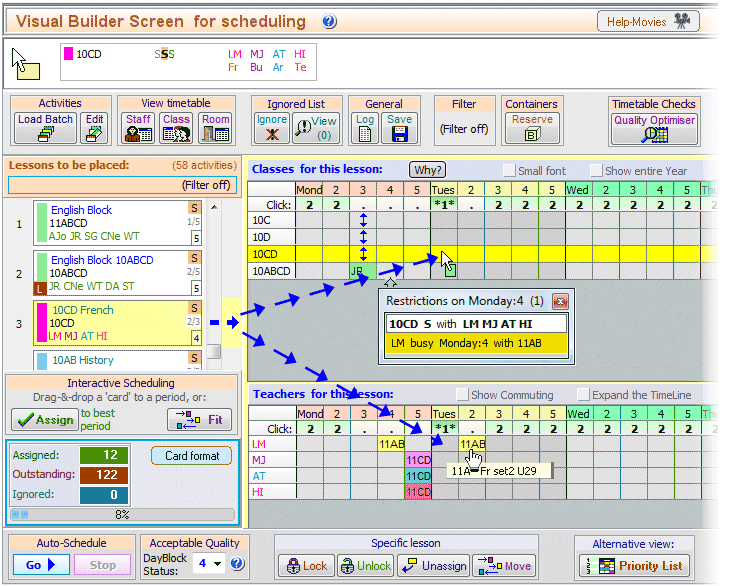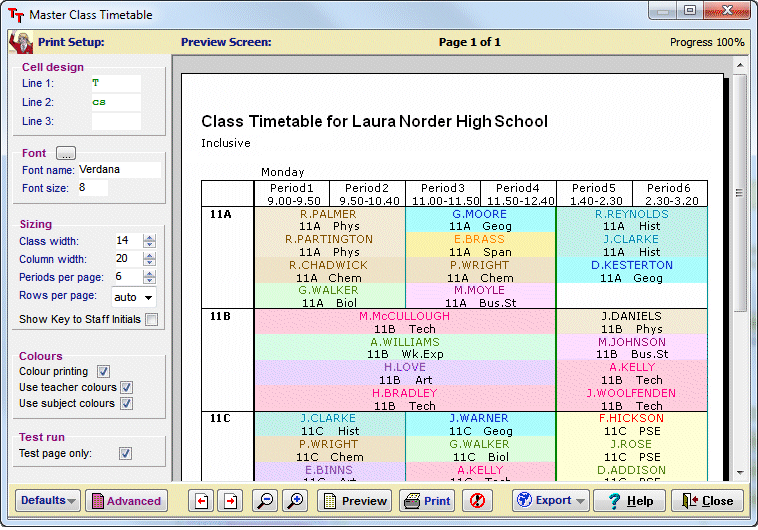Free PowerPoints
for use with
Physics for You
These powerpoints are free downloads to support your teaching, learning and revision.
For yet more free downloads, click here and click here.Click here to Read a Teacher’s Review of the book
Click to view a free PowerPoint now, or right-click (with ‘Save link As…’) to download and save.
(Note : Apple machines, including iPads, may not display all slides correctly, because they can’t deal correctly with embedded fonts.)
| |
Revision Technique : PowerPoint Explains the Why, Where, When, and How of good Revision Technique. Vital info. It’s big (1.3MB) because of the pictures & graphs included. It links to page 384 in Physics for You, 5th edition |
| Working Scientifically : for all UK GCSE courses and some IGCSE courses. Revised for the latest 2016 specs. | |
| |
Working Scientifically – Repeatable & Reproducible data and Valid evidence Explains the meaning of ‘data’ & ‘evidence’, ‘repeatability’, ‘reproducibility’ & ‘validity’, ‘secondary’ evidence, with examples for you to discuss. Links to page 7 and page 358-359 in the latest Physics for You, 5th Edition. |
| |
How Science work – Variables Explains the meaning of ‘independent’, ‘dependent’ and ‘control’ variables, with examples from typical practicals. Links to page 6-7 and page 362 in the latest Physics for You, 5th Edition. |
| |
Working Scientifically – Types of Variables Explains the difference between ‘categoric’, and ‘continuous’ variables, with examples. Links to page 362 in the latest Physics for You, 5th Edition. |
| |
Working Scientifically – Taking Measurements Explains the ideas of ‘variation’, ‘range’ and ‘mean (average), and explains the difference between ‘accuracy’ and ‘precision’. Links to page 360-361 in the latest Physics for You, 5th Edition. |
| |
Working Scientifically – Errors & Uncertainties Explains about random errors & uncertainty; systematic errors, zero errors, parallax, and anomalous results. Links to pages 8, 360-361 in the latest Physics for You, 5th Edition. |
| |
Working Scientifically – Graphs Explains the shapes of different graphs. Links to pages 363-364, 393 in the latest Physics for You, 5th Edition. |
| |
Working Scientifically – Gradients on a graph Explains the idea of the gradient of a graph, and explains the gradients of distance-time and velocity-time graphs. Links to pages 363, 393, 395, 128-130 in the latest Physics for You, 5th Edition. |
| soon | Working Scientifically – Areas under a graph Explains the meaning of the area under a graph, and explains how to measure it. Links to pages 395, 128-130 in the latest Physics for You, 5th Edition. |
| |
Charging by friction : PowerPoint Explains how insulated objects become charged with static electricity, by friction. It links to page 246 in the latest Physics for You, 5th Edition (page 242 or 248 in older editions). |
| |
Dispersion by a prism : PowerPoint Explains deviation & dispersion by a prism, spectrum of white light, wavelength of colours. It links to page 210 in the latest Physics for You, 5th Edition (page 206 or 216 in older editions). |
| |
There are several more Physics PowerPoints included in the free Lesson Loader software. |
| Downloads mainly for Teachers . . . click here. |
| Also free Downloads of: |     |
Screensavers of Professor Messer |
    |
Desktop Wallpapers | |
    |
Revision Material |
Why not bookmark this page, to have easy access?
There are more Physics for You resources at Andy Darvill’s Science Website.
If you have any suggestions for topics…please let me know, at ask@timetabler.com







 button.
button.
